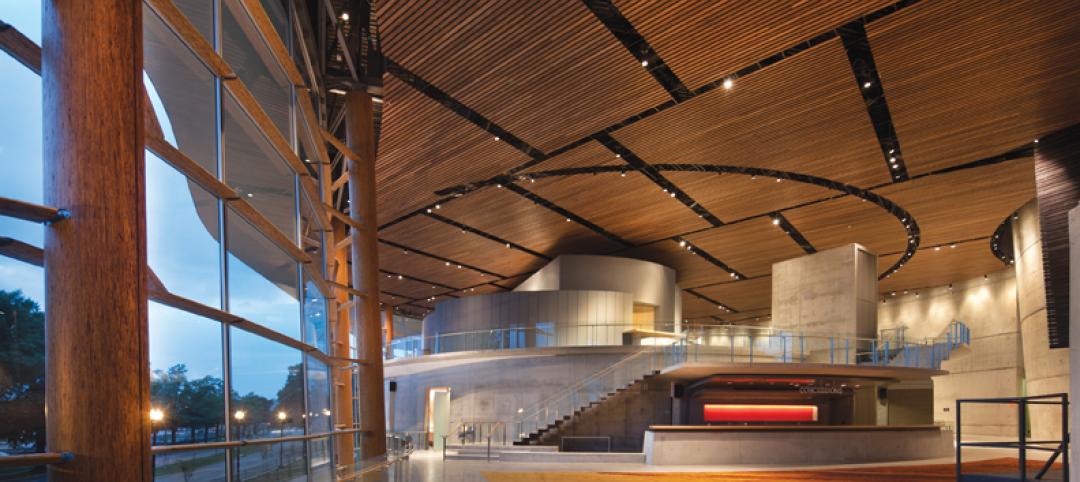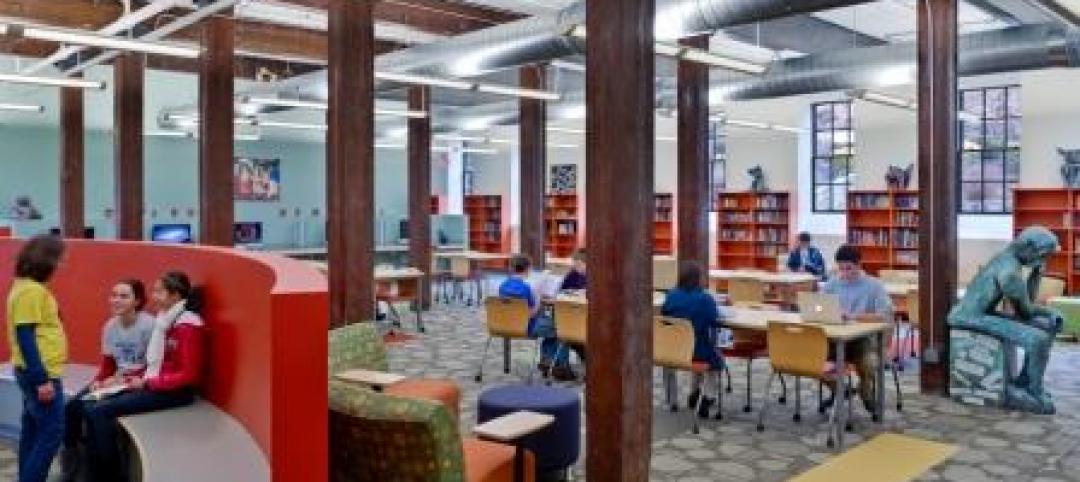Despite a steep economic recession during the first half of 2020, compensation for architectural staff at U.S. architecture firms essentially held flat over the 2019–2021 period, according to the American Institute of Architects (AIA) biannual Compensation Report.
“Like many professions, architecture firms across the country have had to weather an incredibly volatile period,” said AIA Chief Economist Kermit Baker, PhD, Hon. AIA. “While we have seen an unprecedented recovery in architecture firm billings during 2021, this report provides a valuable snapshot of the impact the pandemic had last year on firm compensation and employment levels.”
According to the report, architecture firms lost 16,000 positions between February and their low in July of 2020, which is 8% of all payroll positions at firms. Meanwhile the overall economy lost over 21 million payroll positions between February and April of 2020, or 16.5% of total payrolls.
The biannual compensation report provides salary data for more than 40 architecture firm positions in cities across the United States as well as industry salary trends and analysis on where the market is headed.
Key findings of this year’s report, include:
— Average compensation for recent architecture graduates was just under $56,000, however, there continues to be considerable variation in starting compensation nationally, with average starting compensation ranging from around $48,000 to $69,000, depending on the region of the country.
— Despite generally outpacing compensation growth in the broader economy, architect compensation is also much more volatile. Between 2019 and 2021, architect compensation increased 0.3% per year, while all professional compensation increased 2.4% annually, and 3.1% for all private workers.
— At firms with fewer than 50 employees, benefits as a share of base pay declined to 14.4% on average in 2020, after averaging just over 18% nationally two decades ago.
In addition to the compensation survey, AIA offers members a salary calculator to learn topline data on architecture position salary ranges by region of the country.
Complete results from the 2021 AIA Compensation Survey can be purchased online.
Related Stories
| Feb 1, 2012
New ways to work with wood
New products like cross-laminated timber are spurring interest in wood as a structural material.
| Feb 1, 2012
Blackney Hayes designs school for students with learning differences
The 63,500 sf building allows AIM to consolidate its previous two locations under one roof, with room to expand in the future.
| Feb 1, 2012
Two new research buildings dedicated at the University of South Carolina
The two buildings add 208,000 square feet of collaborative research space to the campus.
| Feb 1, 2012
List of Top 10 States for LEED Green Buildings released?
USGBC releases list of top U.S. states for LEED-certified projects in 2011.
| Feb 1, 2012
ULI and Greenprint Foundation create ULI Greenprint Center for Building Performance
Member-to-member information exchange measures energy use, carbon footprint of commercial portfolios.
| Feb 1, 2012
AEC mergers and acquisitions up in 2011, expected to surge in 2012
Morrissey Goodale tracked 171 domestic M&A deals, representing a 12.5% increase over 2010 and a return to levels not seen since 2007.
| Jan 31, 2012
AIA CONTINUING EDUCATION: Reroofing primer, in-depth advice from the experts
Earn 1.0 AIA/CES learning units by studying this article and successfully completing the online exam.
| Jan 31, 2012
28th Annual Reconstruction Awards: Modern day reconstruction plays out
A savvy Building Team reconstructs a Boston landmark into a multiuse masterpiece for Suffolk University.
| Jan 31, 2012
Chapman Construction/Design: ‘Sustainability is part of everything we do’
Chapman Construction/Design builds a working culture around sustainability—for its clients, and for its employees.
| Jan 31, 2012
Fusion Facilities: 8 reasons to consolidate multiple functions under one roof
‘Fusing’ multiple functions into a single building can make it greater than the sum of its parts. The first in a series on the design and construction of university facilities.

















